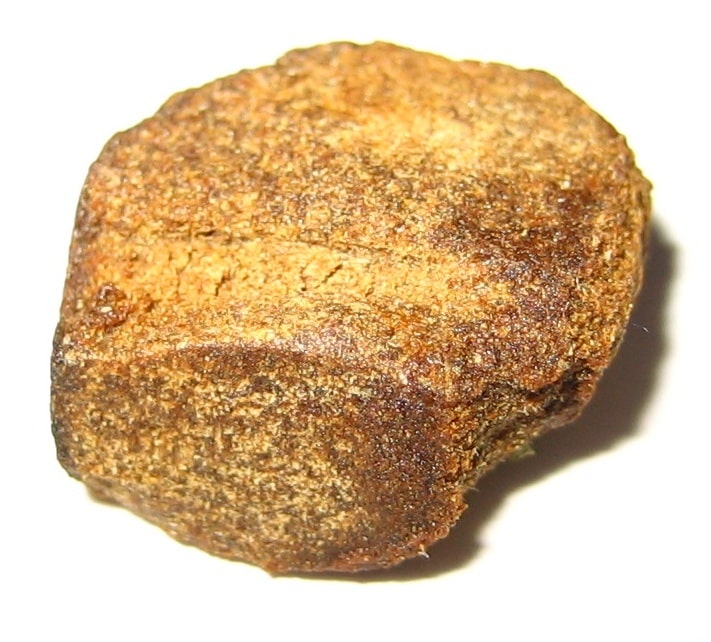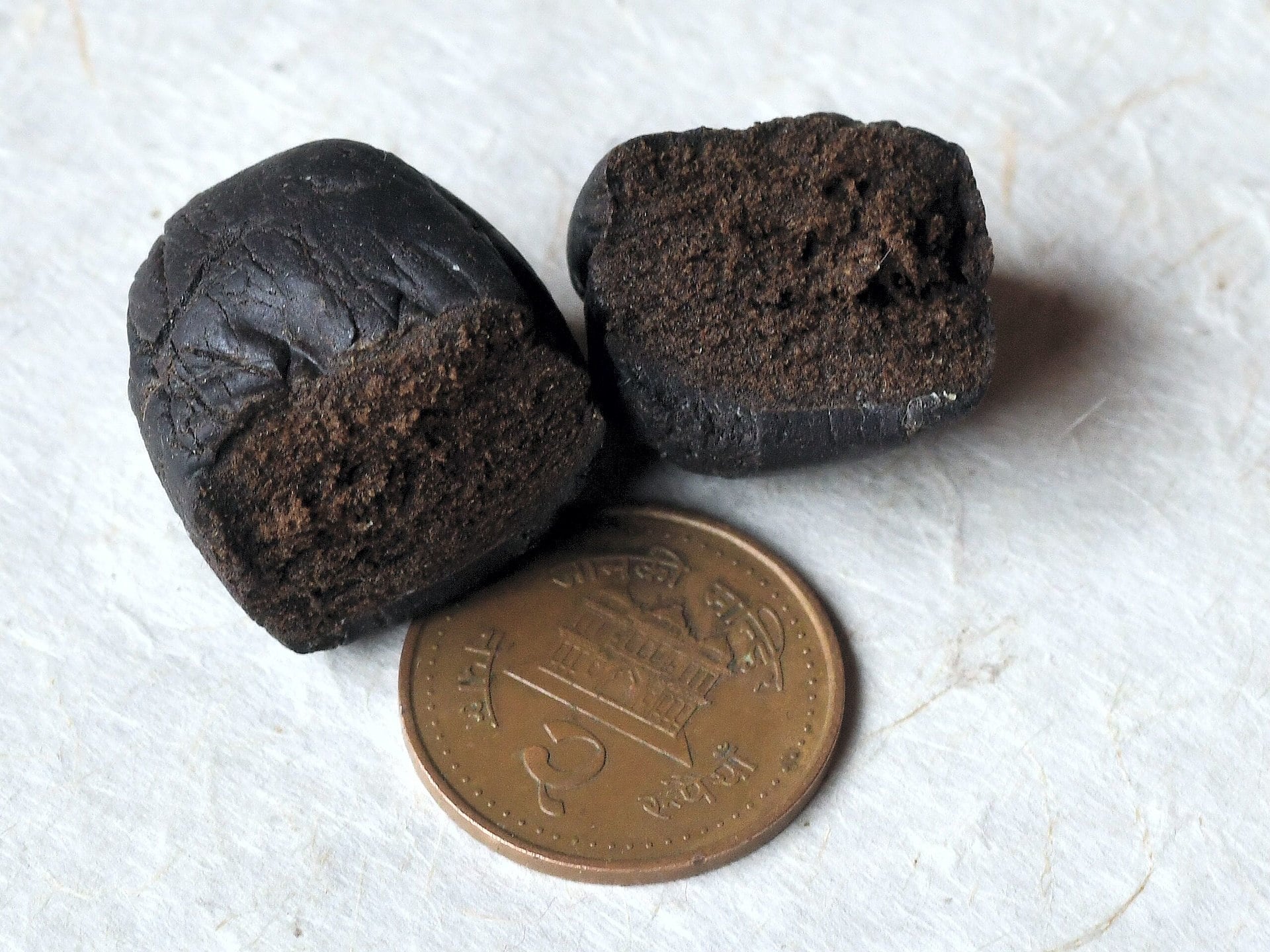Turkish Hashish (aka, hashish) comes from the Arabic word for “dried grass” and refers to extracted, dried, and compressed/shaped cannabis resin. It may be dry-sifted from plant material or separated from biomass using ice water agitation (i.e., bubble hash). This form of cannabis consumption may seem novel, but it boasts a colored history. Some consider contemporary concentrates a “modern take on hashish.” Yet the passion for old-school hash survives.
By the end of the 9th century CE, hashish surfaced in the Middle East and became popular. [1] French soldiers brought hashish to Europe after Napoleon’s failed invasion of Egypt. This gave rise to the infamous hashish-eaters of Paris’s prolific hash lounges. [2] In the second half of the 20th century, Morocco and Lebanon became major producers of hashish [3]; Morocco remains the largest producer to this day. Hash is often described by its country of origin and color (e.g., Yellow Lebanon or Turkish Grey; color may relate to drying, sieving, and/or heating). In 2013, potency of European hash was found to range from 17-39% delta-9-tetrahydrocannabinol (THC). [3]
Hashish has generally been less popular than flower and other forms of concentrate in the United States. For example, hash and kief commanded only 6% of the cannabis market share in Washington in June 2016 compared to 22% for inhalable extracts and 66% for dried flower. [4] But in Europe, hashish consumption rivals flower. [5] And in the U.S., hash still commands a devoted following as part of a connoisseur market.
For example, the founder of Biscotti Brands hails from Italy but set up shop as an ice water hash company in California. Frenchy Cannoli also uses ice water to create an artisanal traditional hash. Cannoli realized that in California, many cannabis consumers were not familiar with hash. In an interview with Forest for the Trees, he explained: “I went to every cannabis event in California… I would smoke people out and give a piece of hash to everybody who wanted to try it.” Nothing ventured, nothing gained.
In Colorado, The Greenery Hash Factory keeps it traditional with Lebanese hash and Moroccan hash. However, they appear to mimic traditional style rather than sourcing kief from namesake countries; Greenery heats the Moroccan hash and forms it into balls, but ages the Lebanese hash as blocks. In Washington, Nicholas Saad of Sikta locks himself into a room at night to produce Lebanese-style hashish that closely approximates Middle Eastern varieties. “We get a lot of people from Europe and the Middle East,” Saad said in an interview with The Stranger. “And when they see it, they freak out.”
Solventless concentrates may appeal to certain consumers as a safer, more natural product. And the allure of a timeless, exotic experience entices cannabis connoisseurs. With hemp-based hash entering the market, a hash renaissance may be imminent.
References
- Nahas, G. “Hashish in Islam: 9th to 18th” Bulletin of the New York Academy of Medicine, vol.58, no.9, 1982. Impact Factor = 1.959, Times Cited = 3 (PubMed)
- Mechoulam, R. “The Pharmacohistory of Ancient Cannabis.” Cannabinoids as Therapeutic Agents. Edited by R. Mechoulam, CRC Press, 1986, Google Books.
- Afsahi, Kenza, and Salem Darwich. “Hashish in Morocco and Lebanon: A Comparative Study.” International Journal of Drug Policy, vol. 31, 2016, pp. 190–198, doi:10.1016/j.drugpo.2016.02.024. Journal Impact Factor = 4.244, Times Cited = 3 (ResearchGate)
- Caulkins, Jonathan P., et al. “Big Data on a Big New Market: Insights from Washington State’s Legal Cannabis Market.” International Journal of Drug Policy, vol. 57, 2018, pp. 86–94., doi:10.1016/j.drugpo. Journal Impact Factor = 4.244, Times Cited = 9 (ResearchGate)
- European Monitoring Centre for Drugs and Drug Addiction. “Changes in Europe’s Cannabis Resin Market.” Perspectives on Drugs, June 2017.













